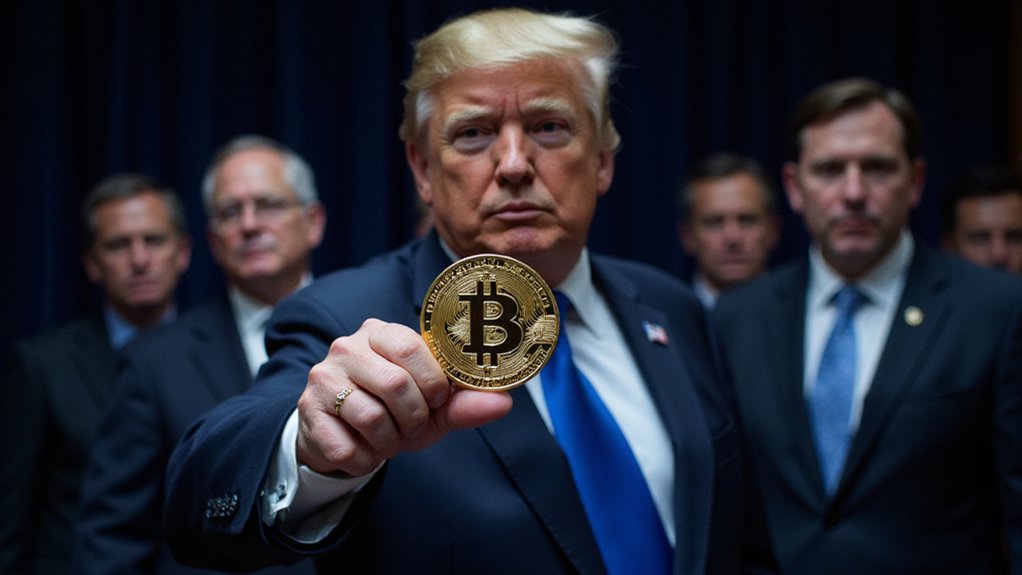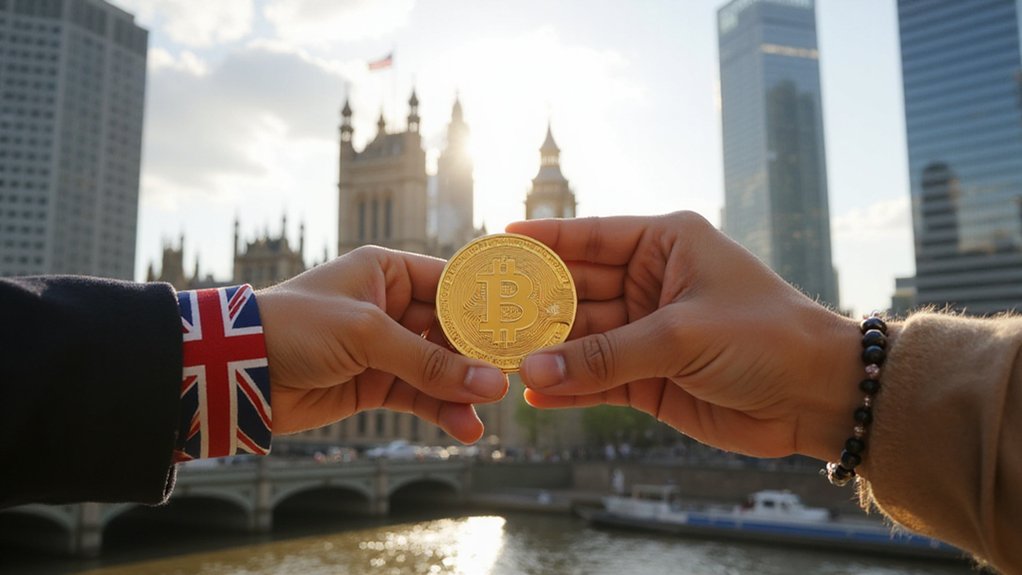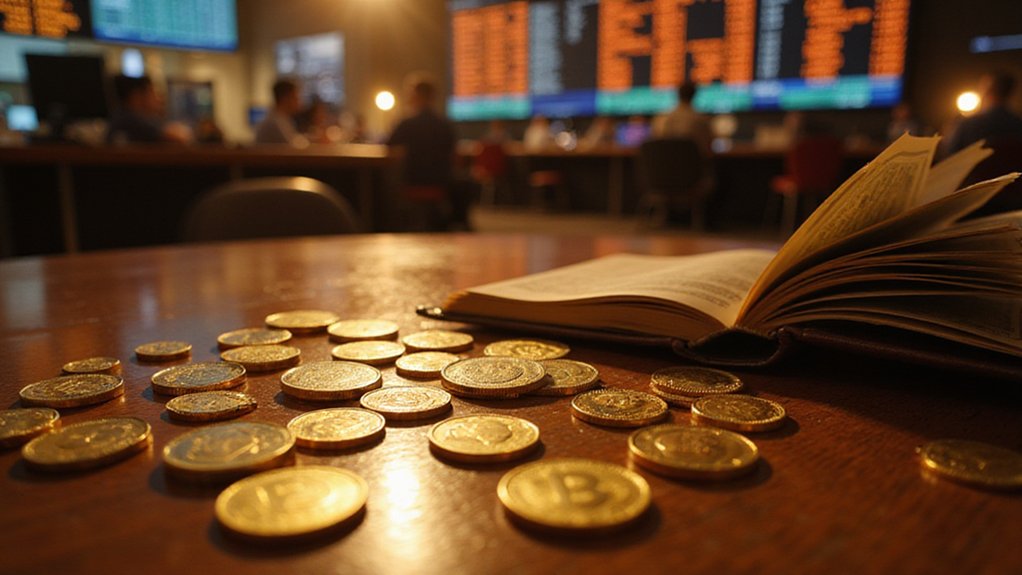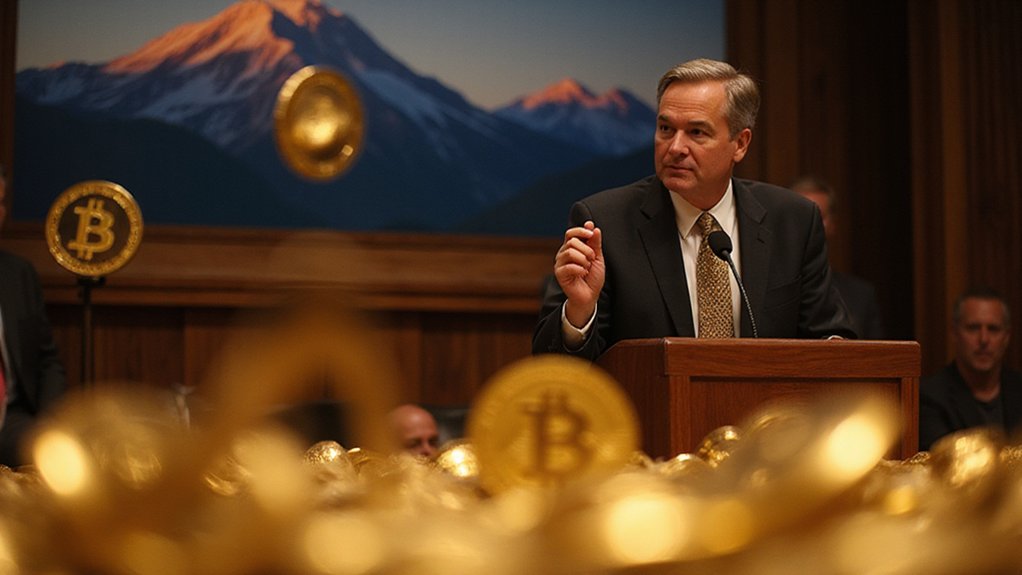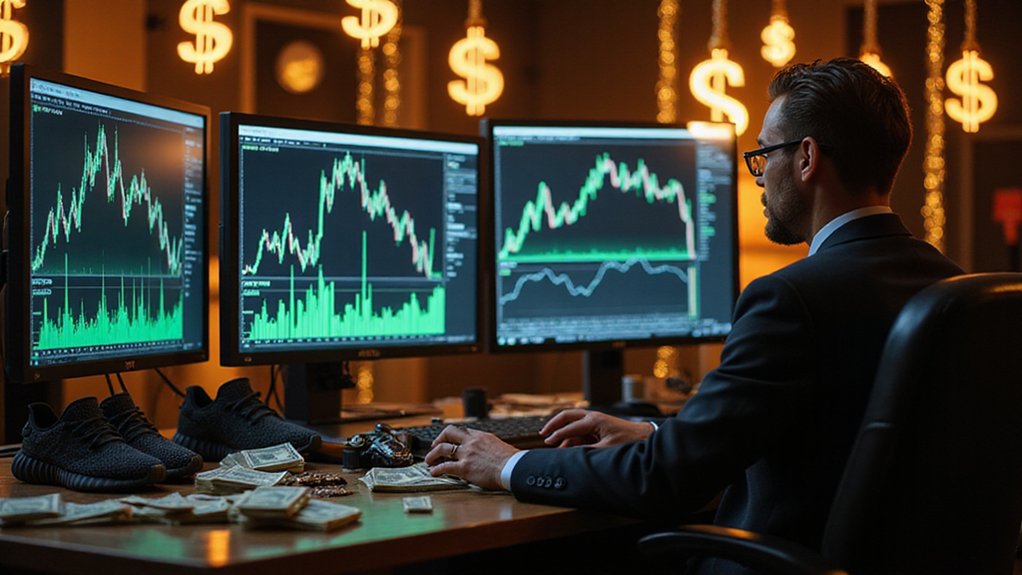In a seismic shift that reverberates through both financial markets and the corridors of federal power, former President Donald Trump has positioned the United States to embrace cryptocurrency as a strategic national asset. His January 23rd executive order establishing the Strategic Bitcoin Reserve and U.S. Digital Asset Stockpile represents an unprecedented federal foray into digital currency management—essentially creating a “digital Fort Knox” that centralizes the government’s estimated 207,000 Bitcoin holdings (valued at approximately $17 billion).
The Treasury Department now finds itself custodian of an asset class it once viewed with institutional skepticism, tasked with developing acquisition strategies that somehow avoid imposing costs on taxpayers—a financial sleight of hand that would impress even the most creative accountants. This pivot toward crypto-asset management mirrors traditional reserve strategies for gold and petroleum, suggesting Bitcoin has achieved de facto recognition as a national security priority. This political shift aligns with predictions of a more favorable regulatory environment for cryptocurrency growth in the coming years.
Trump’s administration is systematically dismantling his predecessor’s regulatory approach, replacing it with a framework designed to position America as the self-proclaimed “crypto capital” of the world. The government explicitly committed to not selling Bitcoin deposited in the Strategic Reserve, marking a dramatic shift from previous practices that resulted in premature sales. The interagency Working Group—populated with officials from regulatory heavyweights like the SEC and CFTC—signals serious institutional commitment to this vision, while simultaneously soliciting input from private sector crypto luminaries.
The structural transformation extends beyond Bitcoin, with provisions for potentially incorporating Ether, XRP, Solana, and Cardano into federal reserves. This portfolio diversification suggests a nuanced understanding of the crypto ecosystem’s complexity that few would have expected from federal policymakers. The appointment of David Sacks as Crypto and AI Czar demonstrates Trump’s commitment to bringing industry expertise directly into his administration’s policy development process.
What remains unclear is how this regulatory revolution will navigate the inherent tension between governmental oversight and the decentralized ethos that undergirds cryptocurrency’s philosophical foundation. As agencies scramble to provide full accounting of their digital assets, the transparency requirements may reveal just how extensively the federal government has already integrated itself into the crypto economy—perhaps the most startling revelation in this bold institutional embrace of blockchain technology.
